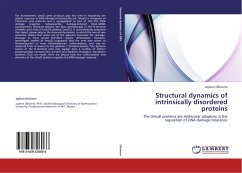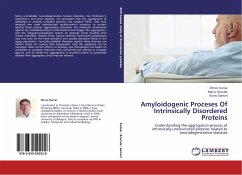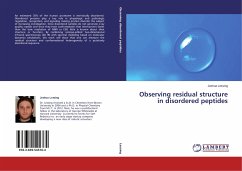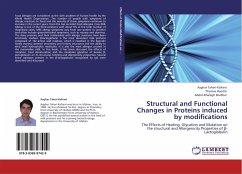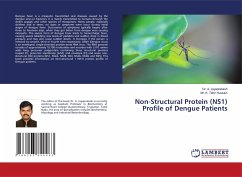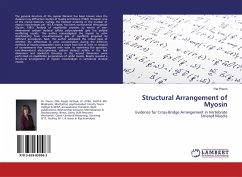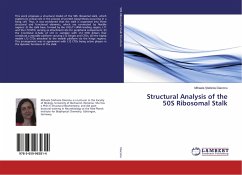The homodimeric umuD gene products play key roles in regulating the cellular response to DNA damage in Escherichia coli. UmuD2 is composed of 139-amino acid subunits and is upregulated as part of the SOS DNA damage response. Subsequently, damage-induced RecA:ssDNA nucleoprotein filaments mediate the slow autocleavage of the N-terminal 24-amino acid arms of UmuD2 yielding UmuD'2. It was previously proposed that UmuD cleaves only in the trans conformation, in which the arm of one monomer utilizes that active site of the adjacent monomer for cleavage. Cleavage in trans would therefore require dimerization. However, isoenergetic models of UmuD2 suggested that the arms may adopt cis (intramolecular) or trans (intermolecular) conformations, and may be unbound from or bound to the globular C-terminal domain. The dynamic nature of the N-terminal arms may explain how a number of distinct protein-protein contacts that prevent and facilitate mutagenic translesion synthesis (TLS) are made. Here we discuss how the conformation and dynamics of the UmuD proteins regulate the DNA damage response.
Bitte wählen Sie Ihr Anliegen aus.
Rechnungen
Retourenschein anfordern
Bestellstatus
Storno

